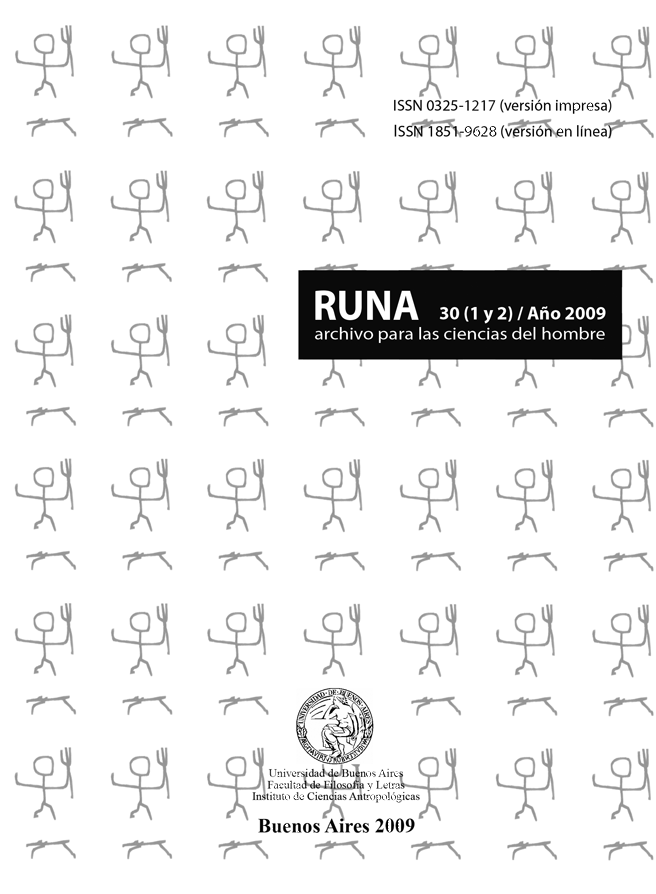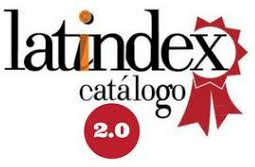El cambio lexemático como signo antropológico en dos versiones de un cuento tradicional
Resumen
Este artículo analiza una versión del conocido cuento “El herrero Miseria y el Diablo”, divulgado en una zona semiurbana, habitada por migrantes del Litoral de la Argentina. Se parte del concepto de metacódigo, como modalidad particular de interacción de un grupo. La narración oral puede ser considerada parte o expresión de ese metacódigo y, por consiguiente, su análisis será más complejo para comprender el texto en sus contextos y en su contexto ideológico. Es necesario apelar a una metodología narratológica, que rescate estrategias discursivas de la narración oral, y a metodología lingüística y semiótica, que retome enunciados y observe su significación de acuerdo con relaciones intertextuales, extratextuales y contextuales.Descargas

Runa, archivos para las ciencias es una publicación del Instituto de Ciencias Antropológicas, Facultad de Filosofía y Letras, Universidad de Buenos Aires y se distribuye bajo una Creative Commons Attribution 4.0 International License..
Runa sostiene su compromiso con las políticas de Acceso Abierto a la información científica, al considerar que tanto las publicaciones científicas como las investigaciones financiadas con fondos públicos deben circular en Internet en forma libre, gratuita y sin restricciones.
Los contenidos y opiniones expresadas en los artículos publicados son de entera responsabilidad de sus autores.



















